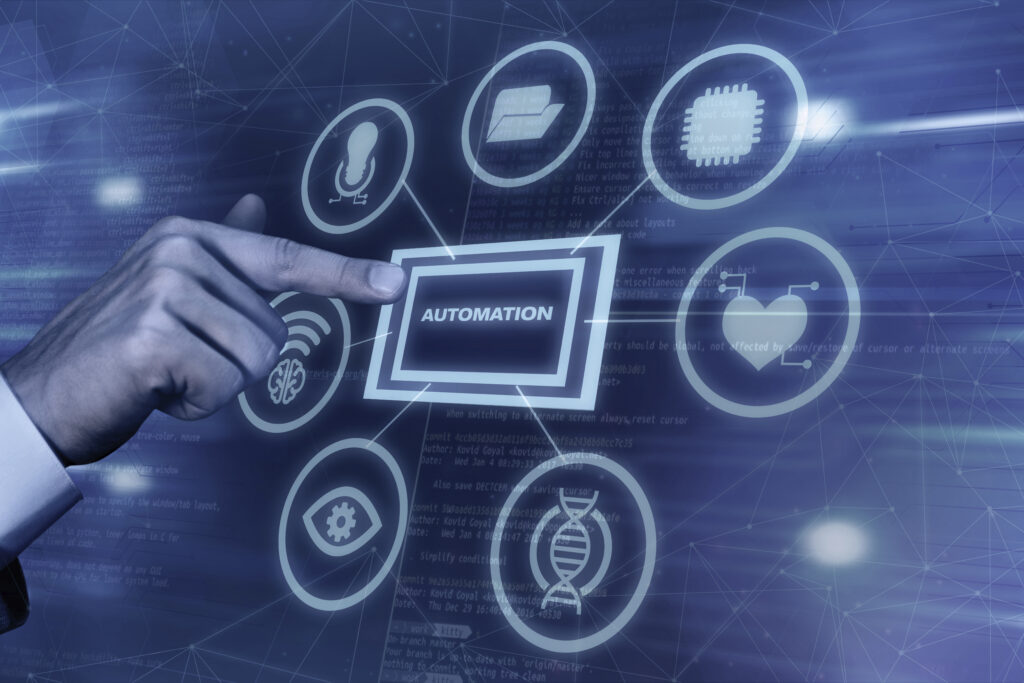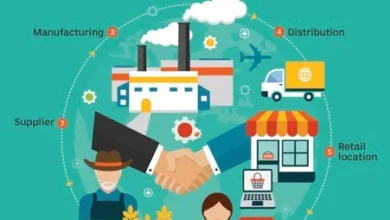Optimizing Customer Support Through Automation Technologies

In today’s fast-paced business world, delivering exceptional customer support is not just desirable but necessary for fostering customer loyalty and satisfaction.
With the rapid advancement of technology, many businesses are turning to automation technologies to streamline their customer support processes, providing quicker, more efficient, and personalized services.
This article explores the various automation technologies available and how they can be harnessed to optimize customer support services.
Automation Technologies in Customer Support
In today’s digital age, businesses are increasingly turning to automation technologies to revolutionize customer support processes.
From chatbots to automated ticketing systems and voice recognition technology, these innovations, including customer support automation like Qbotica, are reshaping how organizations interact with and assist their customers.
They lead to enhanced efficiency and satisfaction by streamlining processes and providing swift, accurate assistance whenever needed. This article explores the pivotal role of automation technologies in optimizing customer support experiences.
1. Enhancing Customer Interactions
- How Chatbots Work: Chatbots are computer programs designed to simulate human conversation through text or voice interactions. They employ sophisticated natural language processing (NLP) algorithms to understand and respond to customer inquiries promptly and accurately.
- Benefits of Chatbots in Customer Support: Chatbots offer several benefits, including 24/7 availability, instantaneous responses, and scalability. They excel at handling routine inquiries, freeing human agents to focus on more complex issues, thereby enhancing overall efficiency.
- Personalization and Customization: Advanced chatbots can personalize interactions based on customer data, providing tailored solutions and enhancing the overall customer experience.
- Handling FAQs and Routine Inquiries: Chatbots are particularly adept at handling frequently asked questions (FAQs) and routine inquiries, providing quick and accurate responses, which helps in reducing response times and improving customer satisfaction.
- Integrating Chatbots Across Platforms: Chatbots can be seamlessly integrated across various platforms, including websites, messaging apps, and social media platforms, ensuring consistent support across channels and enhancing customer accessibility.
2. Automated Ticketing Systems
- Functionality of Automated Ticketing Systems: Automated ticketing systems streamline the process of logging, routing, and resolving customer issues by automatically assigning tickets to appropriate agents based on predefined rules.
- Efficient Routing and Prioritization of Tickets: These systems ensure efficient routing and prioritization of tickets based on factors such as severity, customer profile, and service level agreements (SLAs), thereby improving overall responsiveness.
- Tracking and Monitoring Progress: Automated ticketing systems enable tracking and monitoring of ticket status and resolution progress, facilitating accountability and transparency within the support team.
- Integration with CRM Systems: Integration with Customer Relationship Management (CRM) systems allows for seamless access to customer data, enabling agents to provide personalized support and resolve issues more effectively.
- Analytics for Performance Improvement: Automated ticketing systems provide valuable analytics and insights into support operations, allowing organizations to identify trends, bottlenecks, and areas for improvement, thereby enhancing overall performance.
3. Improving Call Center Efficiency
- Utilizing Speech Recognition Technology: Voice recognition systems leverage speech recognition technology to convert spoken words into text, enabling automated processing of customer calls and reducing the need for manual intervention.
- Voice-Activated IVR Systems: Interactive Voice Response (IVR) systems allow customers to navigate through menus and access information using voice commands, thereby reducing call handling time and improving overall efficiency.
- Reduced Call Handling Time: Voice recognition systems streamline call handling processes, reducing wait times and improving overall efficiency, leading to higher customer satisfaction levels.
- Enhanced Call Routing: These systems enable intelligent call routing based on customer preferences, language, and past interactions, ensuring customers are connected to the most appropriate agents, thereby improving the overall quality of professional service.
- Multilingual Support Capabilities: Voice recognition systems with multilingual support capabilities cater to diverse customer demographics, enhancing accessibility and inclusivity, and ensuring that language barriers are not a hindrance to effective communication.
Benefits of Automation Technologies in Customer Support

1. Enhanced Efficiency and Scalability: Automation technologies such as chatbots and automated ticketing systems reduce response times, handle increased customer volume, and optimize resource utilization, thereby enhancing overall efficiency and scalability.
2. Improved Customer Experience: Automation technologies provide 24/7 availability, consistency in responses, and faster issue resolution, resulting in enhanced customer satisfaction and loyalty.
3. Cost Savings: Automation technologies lead to reductions in labor costs, lower infrastructure costs, and increased return on investment (ROI) through improved operational efficiency, thereby delivering significant cost savings in the long run.
Challenges and Considerations
1. Maintaining Human Touch: Balancing automation with personalization and ensuring empathy in interactions is crucial to maintaining the human touch in customer support and building strong customer relationships.
2. Integration Challenges: Compatibility with existing systems and data security concerns pose challenges to the seamless integration of automation technologies, requiring careful planning and implementation.
3. Continuous Improvement: Monitoring performance metrics, gathering customer feedback, and iterative upgrades are essential for continuously improving automation technologies and ensuring they meet evolving customer needs and expectations.
Future Trends and Outlook
1. AI-Powered Predictive Support: Anticipating customer needs and proactive issue resolution will shape the future of customer support, enabling organizations to deliver more proactive and personalized services.
2. Enhanced Integration of Automation Technologies: Seamless omnichannel support and unified customer experiences will become increasingly prevalent, enabling organizations to deliver consistent and cohesive support across multiple channels.
3. Advancements in Natural Language Processing: Improved conversational interfaces and enhanced personalization will drive the evolution of automation technologies, enabling organizations to deliver more intuitive and engaging customer experiences.
Conclusion
Automation technologies offer myriad opportunities for optimizing customer support processes and delivering exceptional customer experiences.
By leveraging chatbots, automated ticketing systems, and voice recognition technologies, businesses can enhance efficiency, improve customer satisfaction, and achieve significant cost savings.
While challenges exist, continuous improvement and technological advancements will drive the evolution of customer support automation, enabling organizations to stay ahead in the competitive landscape of customer service.
Embracing these technologies strategically and thoughtfully will be crucial for businesses aiming to deliver exceptional customer support and build lasting customer relationships in the digital age.



